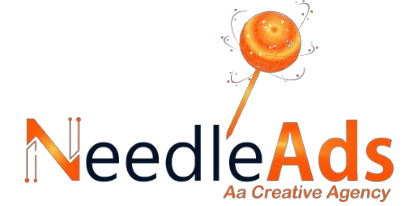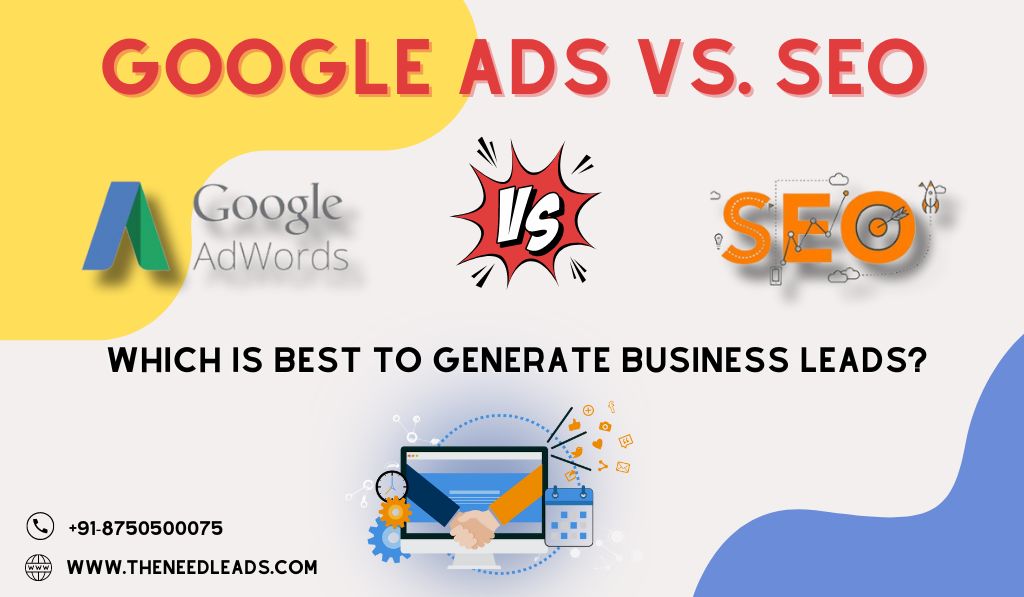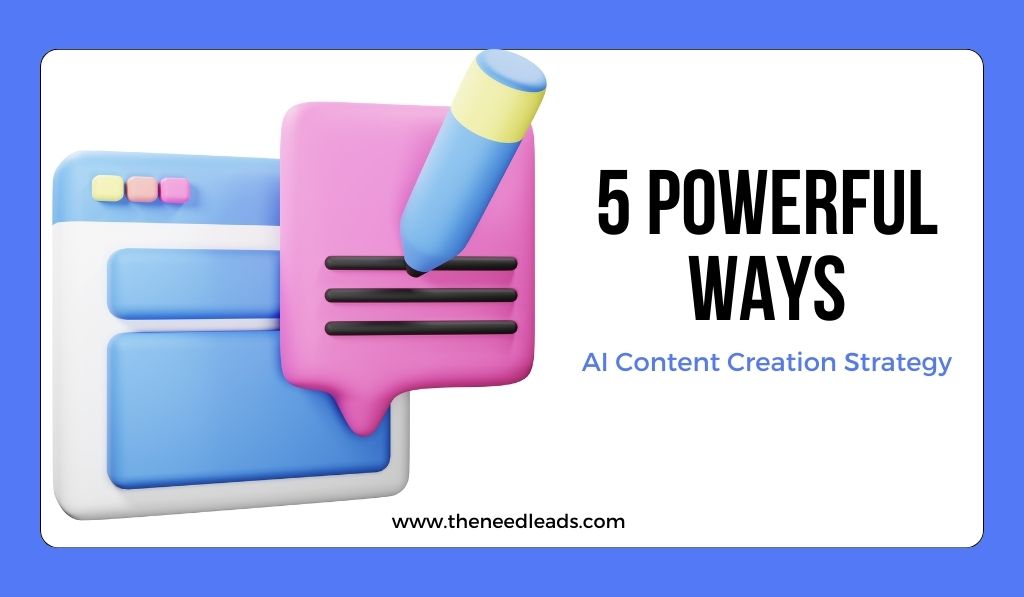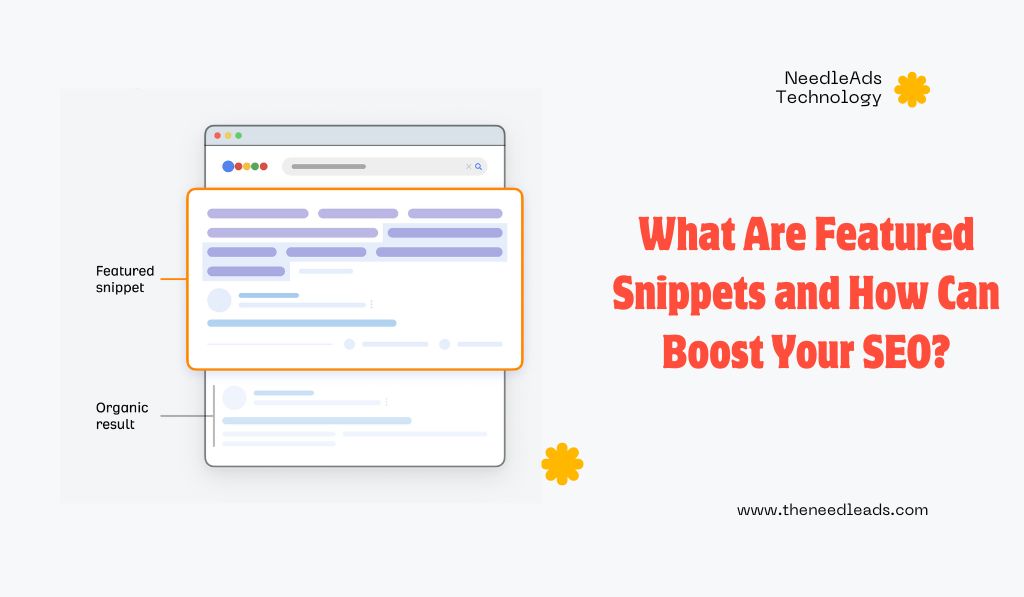Among the most popular advertising platforms are Google Ads and Meta Ads (formerly known as Facebook Ads). Both platforms offer unique benefits and targeting capabilities, but choosing the right one for your business can significantly impact your return on investment (ROI).
This article delves into the Google Ads vs. Meta Ads debate, examining which platform delivers better ROI for various marketing strategies.
Understanding Google Ads
Google Ads is an online advertising platform that allows businesses to create ads that appear on Google’s search results pages and other partner sites. With Google Ads, advertisers can use pay-per-click (PPC) campaigns, meaning they only pay when users click on their ads. Google Ads utilizes a bidding system where advertisers compete for ad placement based on keywords relevant to their business.
Key Features of Google Ads:
- Keyword Targeting: Advertisers can target specific keywords, ensuring their ads are shown to users actively searching for related products or services.
- Search and Display Networks: Google Ads offers two primary networks: the Search Network, which shows ads on search engine results pages, and the Display Network, which places ads on websites that partner with Google.
- Ad Extensions: Google Ads allows ad extensions, which provide additional information, such as phone numbers or location, directly within the ad, enhancing visibility and click-through rates.
Understanding Meta Ads
Meta Ads, formerly Facebook Ads, allows businesses to create advertisements on Facebook, Instagram, and other Meta-owned platforms. Meta Ads is known for its robust targeting capabilities, enabling advertisers to reach specific audiences based on demographics, interests, behaviors, and more.
Key Features of Meta Ads:
- Audience Targeting: Advertisers can create custom audiences based on user data, such as interests and interactions, making it easier to reach potential customers.
- Visual Content: Meta Ads places a strong emphasis on visual content, allowing businesses to showcase their products through images, videos, and stories.
- Ad Formats: Meta Ads offers a variety of ad formats, including carousel ads, slideshow ads, and collection ads, providing flexibility in how businesses present their offerings.
Comparing ROI: Google Ads vs. Meta Ads
When considering which platform delivers better ROI, it’s essential to analyze various factors, including audience intent, ad placement, and engagement rates.
Audience Intent
One of the most significant differences between Google Ads and Meta Ads is the audience’s intent. Users on Google are actively searching for information, products, or services. This intent often leads to higher conversion rates, as advertisers can target users when they express interest.
On the other hand, users on Meta platforms may not be actively seeking a specific product or service. Instead, they are browsing through social media feeds, which can lead to lower intent but higher engagement rates. Meta Ads can capture attention through compelling visuals and storytelling, but conversion rates may vary depending on the audience and ad quality.
Ad Placement and Visibility
Google Ads provides advertisers with prominent placements on search engine results pages, often at the top. This visibility can lead to higher click-through rates (CTR) and, consequently, better ROI, especially for businesses targeting high-intent keywords.
Meta Ads, however, benefit from a more immersive experience. Ads appear seamlessly within users’ feeds, making them less intrusive. The visual nature of Meta Ads can lead to higher engagement rates, as users are more likely to interact with visually appealing content. However, the challenge lies in capturing attention in a crowded feed.
Cost-Effectiveness
When it comes to cost, both platforms operate on different pricing models. Google Ads typically involve higher costs per click, especially for competitive keywords. However, the potential for higher conversion rates may justify the expense, making it a cost-effective choice for businesses with high-margin products or services.
Meta Ads generally have a lower cost per click, making them more accessible for smaller businesses or those with limited budgets. However, lower costs do not always guarantee better ROI, as conversion rates may vary.
| Feature | Google Ads | Meta Ads |
|---|---|---|
| Audience Intent | High intent (active searchers) | Low to moderate intent (browsers) |
| Ad Placement | Prominent on search results | Integrated within social feeds |
| Cost per Click | Generally higher | Generally lower |
| Targeting Options | Keyword-based | Demographics and interests |
| Ad Formats | Text-based and display ads | Visual ads (images, videos) |
| Conversion Rates | Often higher | Variable, dependent on content |
| Ideal for | Direct sales, lead generation | Brand awareness, engagement |
Conclusion
In the battle of Google Ads vs. Meta Ads, determining which platform delivers better ROI depends on your business goals and target audience. If your objective is to capture high-intent customers actively searching for your products or services, Google Ads may be the superior choice. However, Meta Ads can be incredibly effective if you aim to build brand awareness and engage with a broader audience through compelling visuals.
Ultimately, the best approach may involve a combination of both platforms, allowing you to leverage the strengths of each to achieve a well-rounded marketing strategy. By carefully analyzing your audience and testing different campaigns, you can optimize your advertising efforts for maximum ROI, ensuring your business thrives in the competitive digital landscape.

























